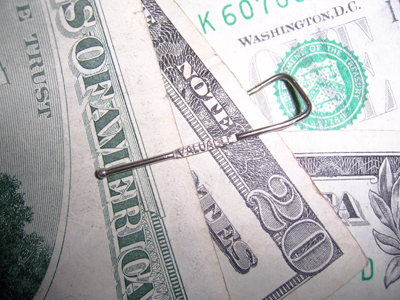All Nonfiction
- Bullying
- Books
- Academic
- Author Interviews
- Celebrity interviews
- College Articles
- College Essays
- Educator of the Year
- Heroes
- Interviews
- Memoir
- Personal Experience
- Sports
- Travel & Culture
All Opinions
- Bullying
- Current Events / Politics
- Discrimination
- Drugs / Alcohol / Smoking
- Entertainment / Celebrities
- Environment
- Love / Relationships
- Movies / Music / TV
- Pop Culture / Trends
- School / College
- Social Issues / Civics
- Spirituality / Religion
- Sports / Hobbies
All Hot Topics
- Bullying
- Community Service
- Environment
- Health
- Letters to the Editor
- Pride & Prejudice
- What Matters
- Back
Summer Guide
- Program Links
- Program Reviews
- Back
College Guide
- College Links
- College Reviews
- College Essays
- College Articles
- Back
RJR: The Other Side of Nabisco
Who would’ve ever actually thought that Gordon Gekko was actually right by saying “greed is good?” Well, other than a little known book Wealth of Nations by Adam Smith, John Helyar and Bryan Burrough’s Barbarians at the Gate displays the corporate greed on Wall Street that can in fact be the epitome of one’s success.
Barbarians at the Gate was carefully crafted by two experienced financial journalists which gives it a notable edge. Bryan Burrough, currently 52 residing in New York, graduated from the University Of Missouri School Of Journalism and was thrice awarded the Gerard Loeb Award for excellence in financial journalism. John Helyar was an inspirational writer taking up respectable jobs such as a journalist at the New York Times. Burrough and Helyar together form a combination capable of telling a story while giving accurate information which makes it an attractive read.
Taking place in one of the most lucrative decades of the century, the financial maelstrom was centered on one of the largest companies of the 80’s, RJR Nabisco. RJR Nabisco was an American conglomerate selling food and tobacco products allowing themselves to be the proud owners of the renowned Camel and Oreo brands. Unfortunately, RJR Nabisco was one of the biggest companies to fall victim to the biggest tool for growing revenues at the time, the leveraged buyout.
For being one of the most destructive and feared tools of employees throughout corporate America, leveraged buyouts were the fad of corporate executives at the time looking to make a beautiful penny. In a leveraged buyout, company A raises capital mainly through debt and buys company B using their assets as collateral. After this happens, company B gets an extensive amount of cost cuts from employees to corporate jets. After lowering costs and inflating net income, company A tries to resell the company for more than they were valued for. In this process the CEO along with most of the people who supported the LBO easily satisfy their pecuniary motives but as cutthroat Henry Kravis, an expert in LBO’s, once said “Money is money. No matter how you get it.”
The story mainly follows the highly personable F. Ross Johnson. A Canadian who was born for business, Johnson was one of the most intelligent and strategic businessmen to this date. Johnson was easily able to climb his way through multiple company ladders and was also able to completely redefine the meaning of a high standard of living. CEO’s had limitless power over the company which gives an explanation within a quote of stated by numerous board members saying “All we want is for you to make us as rich as possible Ross!”
Using various ways to keep his board of directors in tip top shape, Johnson creates an in environment that drowns itself in an eclectic assortment of extravagant spending. From free golf lessons from the best golfers in the world to company supplied time shares, he did it all. Johnson was known on the street for his private airline he established containing 12 private jets. This type of spending gives a vicarious feeling of elegance through the brilliant writing and dialogue.
With one of the biggest LBO’s in history comes one of the most entertaining financial stories because of its overall detail. The intertwining of characters and socials status’ make the interactions between characters come to life. Establishing each characters personality and quirks allows the reader to engage in one of the most interesting corporate takeovers with a hearty story giving the best lowdown on high finance because in the words of F. Ross Johnson “It doesn’t get better than this!”

Similar Articles
JOIN THE DISCUSSION
This article has 0 comments.
